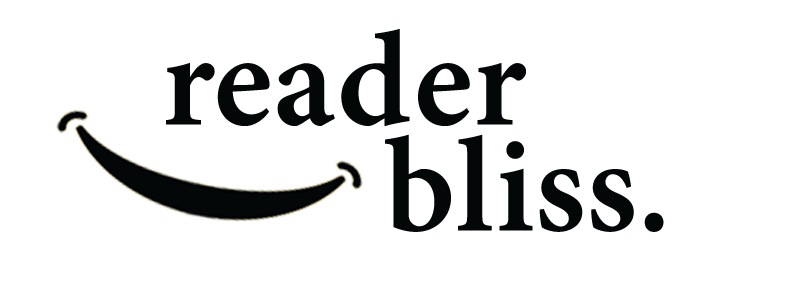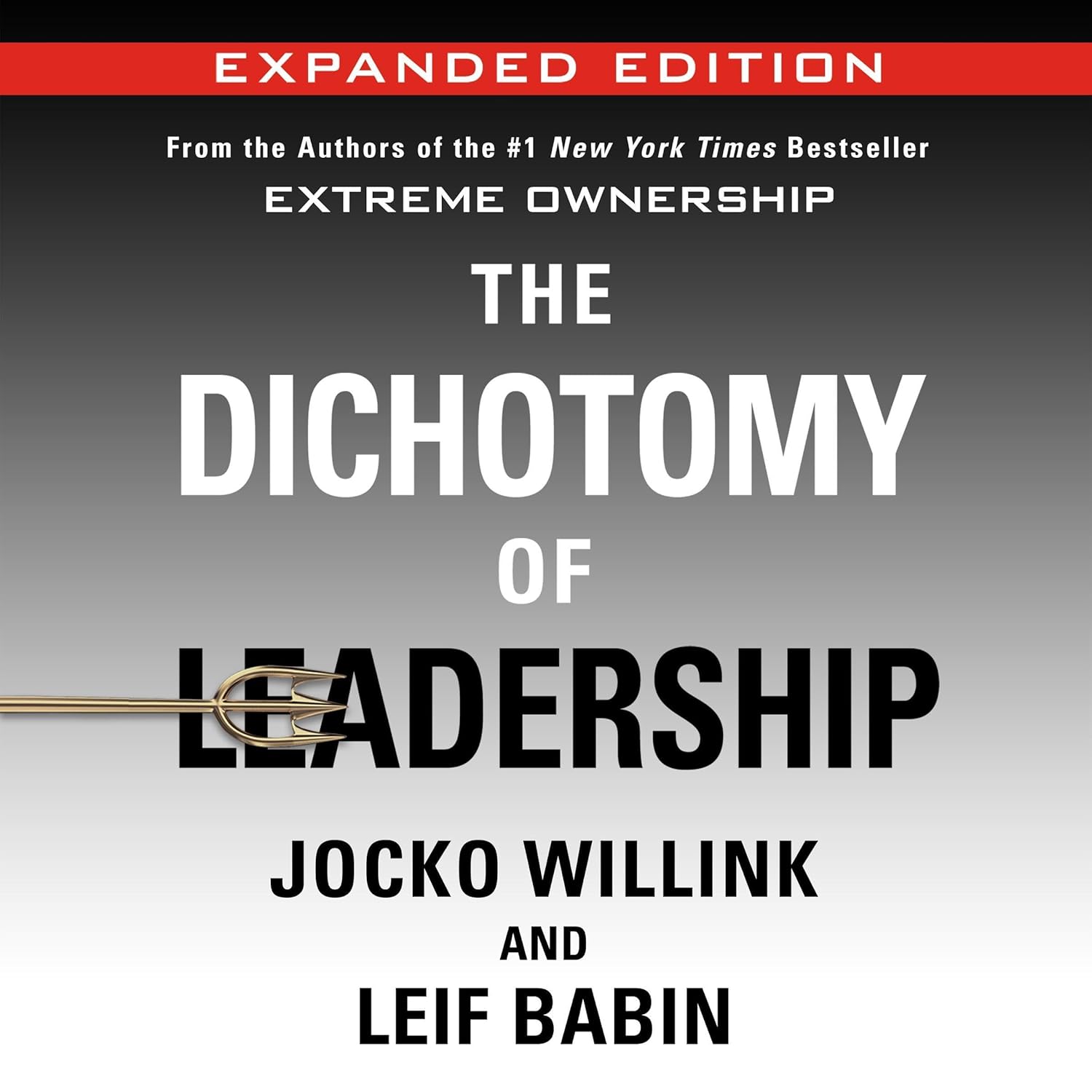As an avid follower of leadership literature, I was eager to dive into The Dichotomy of Leadership by Jocko Willink and Leif Babin. Having previously read their bestseller Extreme Ownership, I was excited to see how they would expand upon their foundational ideas and apply combat-proven strategies to tackle the nuances of leadership. The promise of a revolutionary approach to striking a balance in leadership was particularly intriguing to me, as I feel that understanding this dichotomy is vital in both personal and professional spheres.
Willink and Babin’s clarity and urgency in conveying the responsibilities of leadership resonated deeply with me. From the outset, their assertion that leaders must find equilibrium between competing forces—like when to lead versus when to follow—was both refreshing and practical. I found their real-life examples, particularly from their experiences in the SEAL Teams, to be vividly enlightening. The authors excel at illustrating how lessons learned in high-stakes environments can be applied across various sectors, whether in the military or the business landscape.
However, I did notice two main areas that garnered mixed reviews from other readers. On one hand, many praised the book for its actionable insights and clear writing style, echoing sentiments like that of the reviewer Bmoney, who called it "pure awesomeness" and emphasized its focus on taking action. Similarly, Glk316 highlighted its relevance, especially for anyone in a supervisory role. I wholeheartedly agree with these positive remarks; the book is truly a treasure trove of leadership wisdom.
On the flip side, some reviews expressed disappointment, suggesting that the content feels repetitive of Extreme Ownership. A reviewer named s593tp was particularly critical, stating that he felt it was simply a rehash of ideas from the first book. While I can understand these viewpoints, I found that each addition in The Dichotomy of Leadership builds upon the previous work, offering deeper insights rather than mere repetition. The added foreword and Q&A section provide valuable context that enhances the reader’s understanding of the leadership balance.
One detail that truly stuck with me was the authors’ emphasis on the "awesome responsibilities of leading" and their commitment to conveying this urgency. It’s evident that they are not only instructors but also practitioners who understand the stakes involved in leadership. Through their anecdotes, I gained a newfound appreciation for the importance of adaptability in leadership, learning when to tighten reins versus when to give autonomy.
While there are certainly sections that may feel familiar to readers of their first book, the focus on the dichotomy—finding balance in various leadership approaches—keeps The Dichotomy of Leadership fresh and relevant. This greatly exceeded my expectations and reinforced my belief that effective leadership is a multifaceted challenge.
In conclusion, I would highly recommend The Dichotomy of Leadership to anyone interested in expanding their leadership skills, whether you are an experienced leader or just starting out. It manages to deliver actionable guidance in a compelling way, making it an essential read for generations to come. Despite some critiques regarding redundancy, I found it to be a worthwhile sequel that deepens the understanding of leadership in a practical, life-changing manner. My overall rating would be 4.5 stars—it strikes an excellent balance in helping leaders recognize the importance of nuance in their roles.
“Discover the essential balance between leadership and ownership in The Dichotomy of Leadership.” >>








